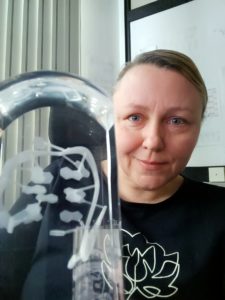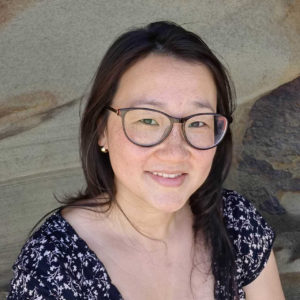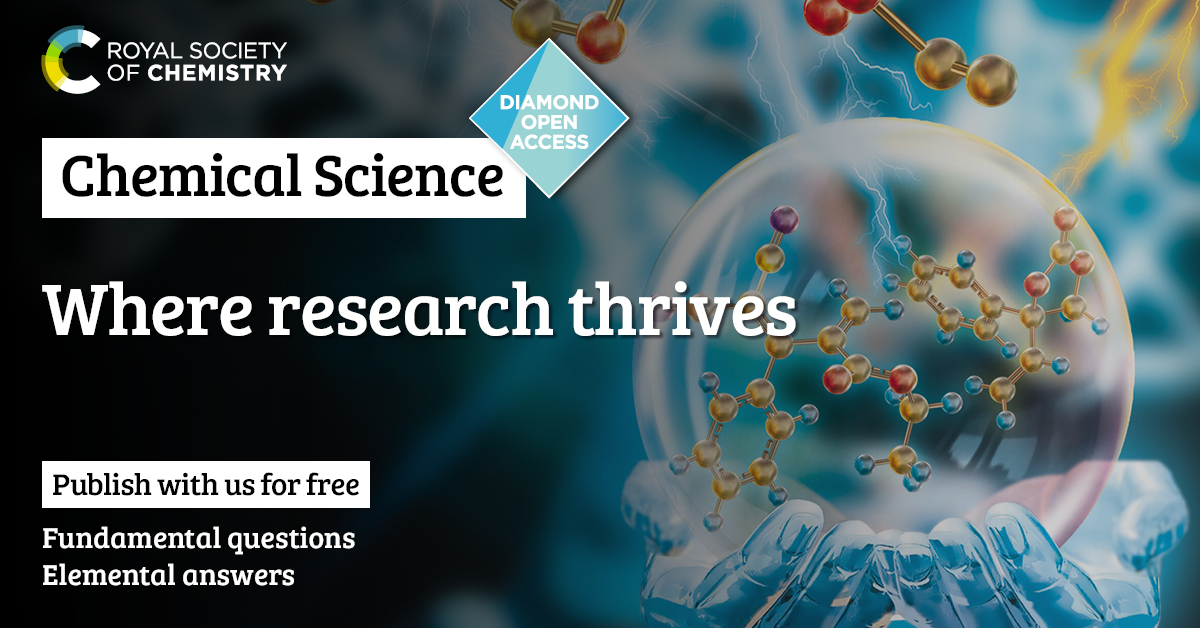To further thank and recognise the support from our excellent reviewer community, we are highlighting reviewers who have provided exceptional support to the journal over the past year.
This month, we’ll be highlighting Professor Amy Fraley, Professor Knut Asmis, Dr Chidambar Kulkarni and Professor Mark MacLachlan. We asked our reviewers a few questions about what they enjoy about reviewing, and their thoughts on how to provide a useful review.
Professor Amy Fraley, ETH Zürich. Our group approaches medicinal chemistry from a non-traditional angle, taking inspiration from nature, and tuning natural systems (for example enzymes and even whole organisms) towards challenges impacting human health or the environment.
Professor Knut Asmis, Universität Leipzig. Our group characterizes the intrinsic properties of molecules, clusters and nanoparticles in order to gain a deeper understanding on how these can be affected by their environment.
Dr Chidambar Kulkarni, IIT Bombay. Our research involves the design, synthesis and understanding the mesoscopic assembly of functional organic molecules/polymers to ultimately gain control over the macroscopic devices made up of these materials. We use a physical-organic chemistry approach to gain insights into soft functional materials.
Professor Mark MacLachlan, The University of British Columbia. Our group makes new molecules and materials that have interesting structures and stretch our chemical creativity. We are especially interested in new substances with interesting optical properties that can make them useful for sensing.
What encouraged you to review for Chemical Science?
Professor Amy Fraley: I was motivated to review for Chemical Science due to the breadth of interdisciplinary work that they foster. I enjoy contributing feedback and giving back to the community, especially when these efforts are toward a journal offering to make peer-reviewed articles freely and permanently available online such as the Diamond Open Access program offered by Chemical Science.
Dr Chidambar Kulkarni: Chemical science is one of my frequently read general chemistry journals, contributing to this community at large by reviewing is an honour.
Professor Knut Asmis: Reviewing is part of my community duty and since Chemical Science is one of the few outstanding and interdisciplinary journals I particularly enjoy to review for them.
Professor Mark MacLachlan: I have been asked to review several papers for Chemical Science. As I like the journal and publish there, I feel a responsibility to occasionally review manuscripts for the journal. I find the papers are generally high quality and of interest to me.
What do you enjoy most about reviewing?
Professor Amy Fraley: I like that reviewing provides me with the opportunity to read about the latest discoveries in my field, and contribute my thoughts to constructively shape the work in its final published form.
Dr Chidambar Kulkarni: The fact that I get to view a new piece of science for the first time and help improve it is enjoyable.
Professor Knut Asmis: Learning how others do research, what research topics they work on and how they place their research results in a more general context.
Professor Mark MacLachlan: I like to review papers as a way to keep up on the literature – even before the work is published.
What are you looking for in a paper that you can recommend for acceptance in Chemical Science?
Professor Amy Fraley: I look for innovative work that presents groundbreaking discoveries in the field, but also recognizes the foundational work that came before. The authors should be able to place their discoveries in the context of related research, and describe what makes their work stand out.
Dr Chidambar Kulkarni: I look for either a conceptual advancement or new materials with appealing properties or novel insights into existing systems.
Professor Knut Asmis: Insights into chemistry, based on state-of-the-art research approaches that yield high quality data that is presented in a clear form and from which concise conclusions can be derived, that go beyond the borders of a particular discipline.
Professor Mark MacLachlan: I am looking for a paper that is easy to read and understand, reports something new, and has results that are either surprising or significant. My favourite papers to review usually involve an element of serendipity – an unexpected crystal structure, reaction, or effect – or achieving something challenging.
What would you recommend to new reviewers to ensure their report is helpful?
Professor Knut Asmis: Think twice, before accepting to review a particular manuscript. Identify weak spots and suggest improvements. Don’t get lost in detail. Treat the authors as you would like to be treated.
Tune in next month to meet our next group of #ChemSciReviewers!
If you want to learn more about how we support our reviewers, check out our Reviewer Hub.
Interested in joining our ever-growing reviewer community? Apply here now!





































